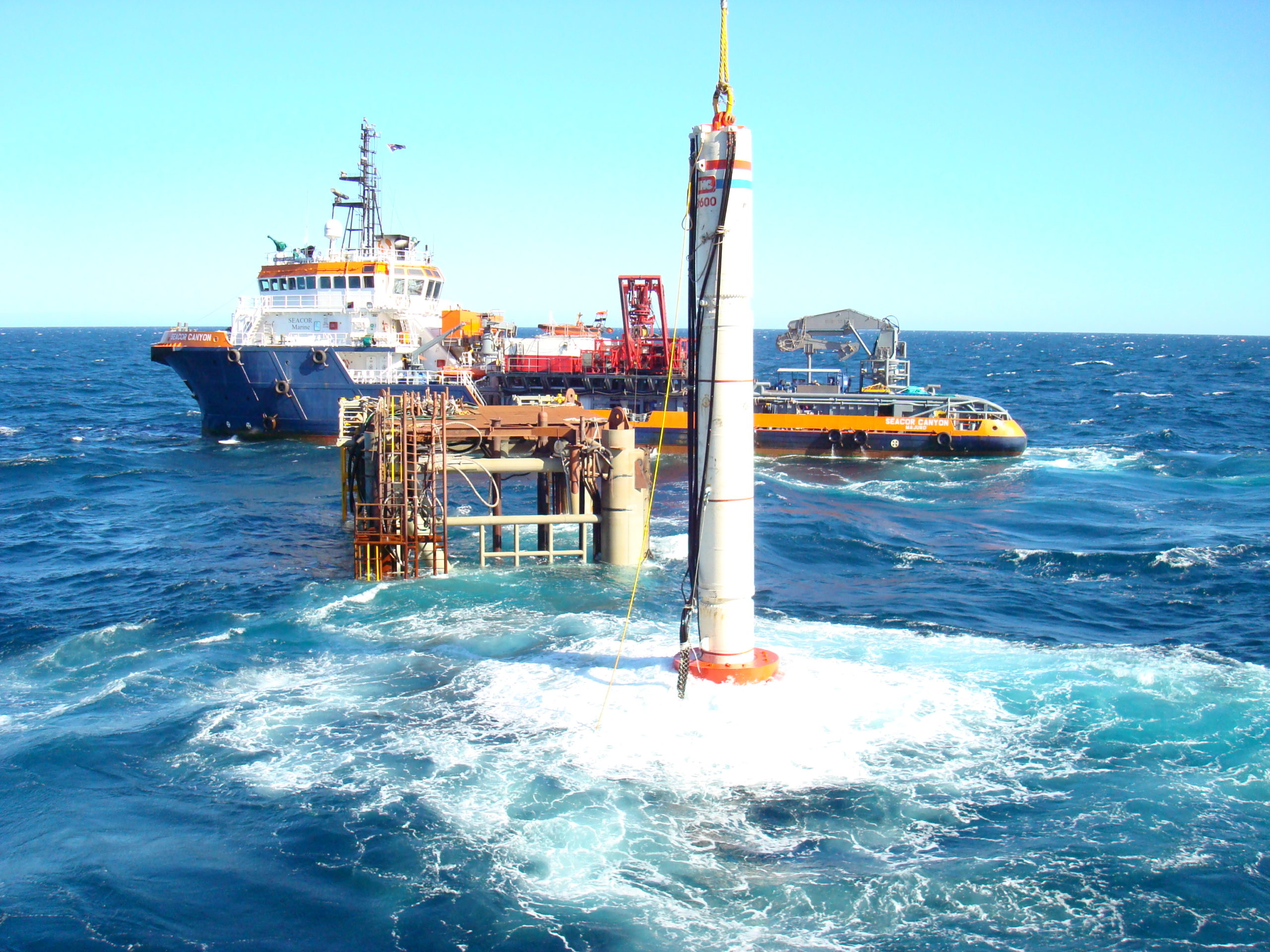Creation of a Piling Hammer Digital Twin
The Challenge
The IQIP Hydrohammer is known in the industry as one of the best Piling Hammers. It has high efficiency, low failure rate, and can drive the world's largest piles.
Driven by the developments in the Offshore Wind Industry, the Hydrohammer is also continuously developing. To support this development and to understand the next generation hammers better, a multibody simulation model developed by HVR Engineering is used on a daily basis.

Optimal performance
Behavioral analysis via simulation prior to pile driving offers the opportunity to configure the hammer and the powerpack as to avoid damage and achieve optimal performance.
Model Development
The first Hydrohammer Simulation model already dates back more than a decade. Since then the model has seen many versions and is has been under development for improvement of accuracy continuously.
The last couple of years there is more focus on adding and optimizing various components in the multibody simulation model that are relevant for particular jobs. For performance enhancements the valve behavior is essential, while for deep-sea pile driving the effect of a high ambient pressure must be understood.
Applying this step-wise development of highly accurate submodels leads to a more realistic and complete model. As such the simulation model now serves as a very close representation of the actual hammer and can be used to predict and explain hydraulic behavior.
Model Validation
The goal of any simulation model is to represent the reality as closely as possible. In order to achieve this, the step-wise-approach needs to be combined with validation via in-field measurements.
Sensors for measurement do not survive long on a Hydrohammer; this is a result of the harsh environment where a Hydrohammer operates in combination with the high accelerations that act on the hammer during operation.
To overcome this challenge, dedicates measurements are done on the system’s subcomponents for the validation of the submodels. For the measurements on the hammer during operation, smart data analysis are done to distil the local behaviour of a component from the spare measurement data; For example Simulation-in-the-Loop analysis play a role there.
Digital Twin
The Hydrohammer Simulation model has improved in accuracy through recent developments and continued validation.
The next step we will take together with IQIP, is to create a digital twin that can deliver close to real time performance insights on running projects.
Development by Simulation
A simulation model can be used for the development of new components and reduce the cost of development significantly.
The Hydrohammer simulation model was used to support the development of the PULSE Noise Mitigation system by performing simulations on various concept designs for a basic assessment of the effectiveness of the system.
